Conservation is all of us.
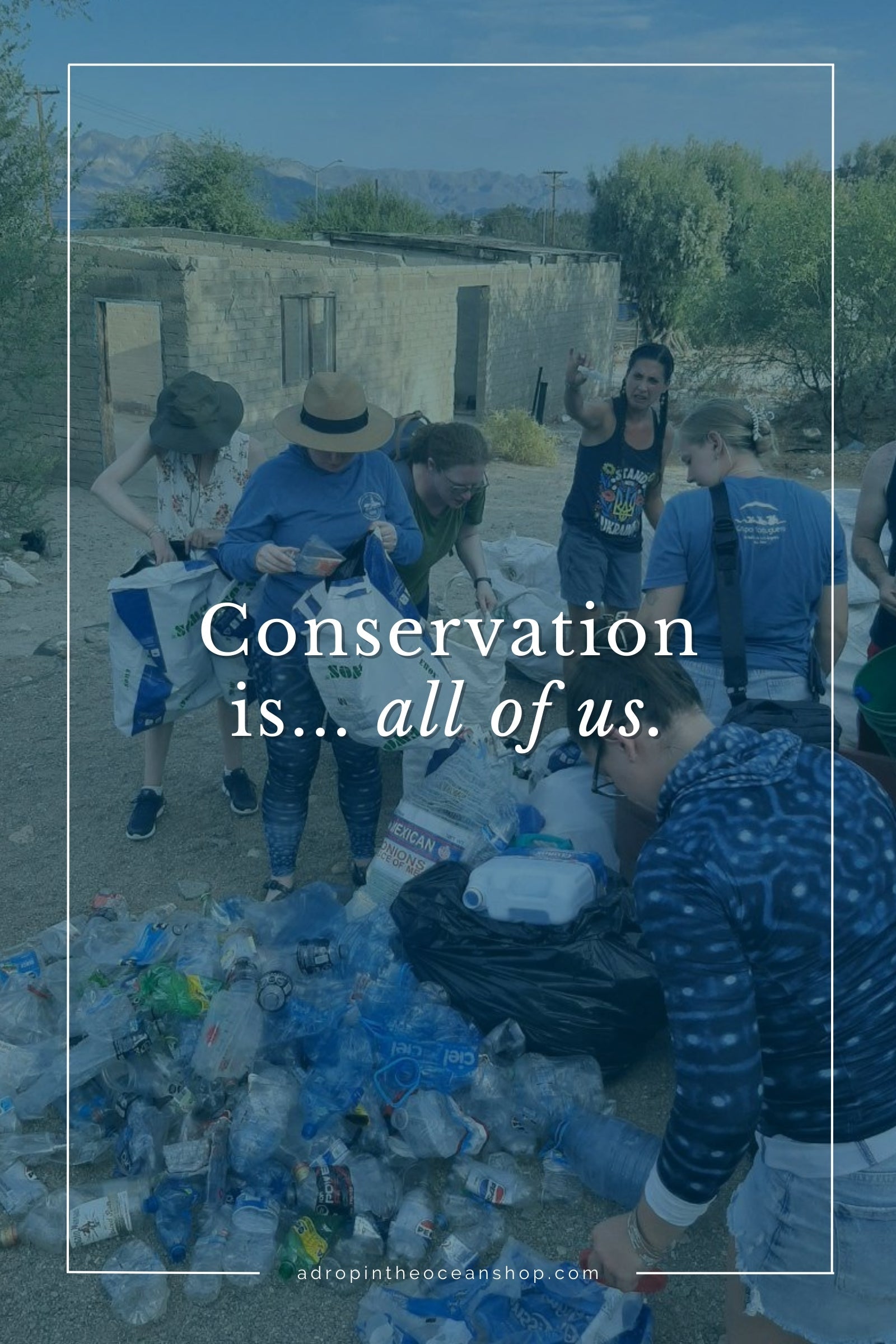
This post first appeared in our weekly Make Waves Mondays email series on September 16, 2024.
So, friend, as you may know, I just spent six days in Baja California, Mexico with 9 other EcoWarriors at the Vermilion Sea Field Station on our [final for now] Baja EcoWarrior Retreat.
This wasn’t the first time I’d visited the Vermilion Sea Field Station, but as I’ve reflected on this year’s Retreat and the impact it had on me, there’s one phrase that keeps coming up for me:
Conservation is all of us.
This wasn’t a theme of the trip. This wasn’t even a phrase that was said on the trip. And yet…it’s all I can think about.
Conservation is…education.
Like I said, on this Retreat we stayed at the Vermilion Sea Field Station, which is home to the Vermilion Sea Institute (VSI), A Drop in the Ocean’s Ocean Conservation Partner. And one of VSI’s largest programs is their Aventureros program.
Through the Aventureros program, local kids make the field station their home. It’s a place where they can study, a place where they can learn, a place where they can play and explore and grow together.
 A group of Aventureros who hadn’t been able to get on a boat this year yet (some of them had never been on a boat!) joined us on Boat Day #2 this year! 📸: Heidi M
A group of Aventureros who hadn’t been able to get on a boat this year yet (some of them had never been on a boat!) joined us on Boat Day #2 this year! 📸: Heidi M
And omg, friend, these kids are doing the most incredible things for their community and the ocean as a whole.
On the Retreat, VSI’s executive director, Meghann, told us a story of how the Aventureros have been doing such important work collecting, documenting, and reporting plastic pollution in their community - and acting on their findings - that they were invited to speak at a national convention on plastic pollution earlier this year.
At this convention, through all of the presentations (given by, ya know, adults), the Aventureros couldn’t believe that all anyone was talking about was the problems.
“Of course we know plastic pollution is a problem. Of course we know microplastics are in our waterways. What are they DOING about it??”
When the Aventureros took the stage, they of course talked about their plastic pollution findings, too, but only for a moment.
The majority of their presentation was about solutions. The work they and their community are doing to mitigate and prevent plastic pollution in the Gulf of California - aka their literal backyard.
The Aventureros program only launched 6 years ago and this is just ONE example of the impact these kids are having for the planet.
Just. One.
Conservation is…creativity.
The work and research the Aventureros are doing doesn’t just stop with them.
Thanks to the data the Aventureros collected on plastic pollution in their community, they successfully received a grant to purchase the necessary machinery to recycle plastics in their own community…a small town of just about 1,000 people.
Let that sink in for a second.
A group of kids took it upon themselves to take action in their small community, and their action resulted in their community being able to invest in plastic recycling infrastructure 😳
Marea Viva was established less than two years ago and is already a key fixture in the community.
It’s a woman-run, community championed program that is nothing short of extraordinary.
We had the opportunity to visit Marea Viva on this year’s Retreat and assist Marisol in sorting and preparing plastics for recycling. And lemme tell ya - this woman’s ability to look at a piece of plastic from across the way and identify what type of plastic it is immediately is a level of expertise I aspire to 🤩
 Sorting and crushing various plastics to prep them for proper recycling at Marea Viva! 📸: Darby R
Sorting and crushing various plastics to prep them for proper recycling at Marea Viva! 📸: Darby R
Every single piece of plastic has a home and a purpose.
Plastic #1 (aka things like plastic water bottles) are taken to Ensenada for recycling.
Plastic #2 (aka things like laundry detergent jugs) are shredded on-site and molded into plastic lumber of various sizes, which will be used to build furniture for a local elementary school to test its long-term durability and make adjustments if necessary.
Plastic #5 (aka bottle caps) are shredded on-site and molded into whale shark and sea turtle keychains, which are sold as souvenirs to help offset the costs of running the facility.
(I know Marisol told us what happens to all of the other types of plastic but I was so excited I just truly don’t remember all of them…)
In the hour or so that we visited Marea Viva, we helped sort and crush a whopping 48 pounds of plastic for recycling. That’s 48 pounds of plastic that two years ago would have been sent to an open-air dump and likely ended up blown into the sea.
Conservation is…small actions.
On Day 3 of this year’s Baja EcoWarrior Retreat, we joined forces with a local man, Steve, to help clean up a beach.
This beach has been identified by the local community as a place that needs extra attention in the form of cleanups, because it sits downwind of the open-air dump and plastics often end up on the beach and in the water when they’re caught in the wind.
Now, when I participate in a beach cleanup, I tend to get hyper-focused on the small things. Like, the literal tiny pieces of plastic (especially styrofoam). Because even though it seems so trivial sometimes (you clean up a 3-inch square of beach just to flip over a rock and find another 3-inch square full of broken pieces of styrofoam), these are the pieces most likely to be ingested by the wildlife.
So there I am, picking up my teeny tiny pieces of styrofoam, when Steve walks past on a mission and says, “Hey can I get like 3 or 4 of you to grab some bags and help me clean up these big pieces down there?”
Feeling mostly satisfied with my tiny styrofoam success, I start walking towards the section Steve was working on with Meghann.
Meghann looks at me and says, “See, Steve and I have different priorities when we do these cleanups. I focus on all the small stuff, because I’m thinking about the filter feeders in the water. Steve focuses on the big stuff, because he’s thinking about his experience on his daily walks with his dogs. And I think that’s really cool. We need both, all the time.”
Steve’s motivations for cleaning the beach may be different than mine (and Meghann’s), which may have been different than the other nine EcoWarriors on the beach that day, but the end result is still the same - a better, cleaner beach than the day before.
As a group, we collected 69 pounds of trash on the beach that day. The big and the small, together.
 Meghann and Steve weighing all of the collected trash from our beach cleanup. 📸: Addie T.
Meghann and Steve weighing all of the collected trash from our beach cleanup. 📸: Addie T.Conservation is…community.
On our last night in Baja, we enjoyed a delicious dinner at Siete Filos Cafe. Siete Filos is named for the seven ridges on a leatherback sea turtle’s carapace - a nod to the owner’s father, a turtle researcher who founded the seaside resort the restaurant lives on (Campo Archelon).
While we dined, Antonio, the owner, told us the story of how he was raised by biologists but never shared the same dream himself. He went to culinary school in Mexico City, and returned home to Baja after his father passed. On the television behind him plays videos of his father, sea turtles, and local efforts happening in the community today to protect the local ecosystem (including the Aventureros). All around us are nods to his father’s legacy, and information about how we can all protect sea turtles.
Antonio’s vibrant passion for cooking, sustainability, and his community is contagious.
The wine he sells is made in Ensenada.
The cheese is made in Mexicali.
The seafood is caught just outside.
He even told us that he refuses to sell bottled water in his restaurant.
“For some reason, Americans assume that all of our water is unsafe to drink. But the water we have is delicious and perfectly safe for everyone. So even though I could sell bottled water for a premium, and people would pay it without question, I won’t do it. I won’t contribute to the plastic pollution.”
But on top of everything that Antonio is doing inside his restaurant, the story of how his father knew that bringing people together is always more powerful than the alternative was inspiring. Rather than shaming and shunning sea turtle poachers, Antonio’s father knew they could make some of the best wildlife guides in the area, and invited them in to help him show visitors the beauty of Baja.
Today, Anionio says, the sea turtle population is stable, thanks to the work of his father and these unexpected community members.
Antonio reminded us that just by us being there in Baja, we were doing conservation work.
By staying at the Vermilion Sea Field Station and supporting their work…by paying for permits to go onto the water to swim with whale sharks…by paying boat drivers to share their expertise with us and safely take us to the sharks, sea lions, and dolphins…by eating at local restaurants…all of this is conservation.
 1 of the 10 (yes 10!) whale sharks in the bay at the same time when this photo was taken 😄 At least two of the sharks we successfully collected identification data on have never been documented before.
1 of the 10 (yes 10!) whale sharks in the bay at the same time when this photo was taken 😄 At least two of the sharks we successfully collected identification data on have never been documented before.
It’s proving to the community and others that protecting wildlife and the natural environment has value and can sustainably provide for families without doing harm. It’s encouraging even more sustainable businesses and resources to be established to continue supporting the eco-tourism economy. It’s all making an impact.
Just by being there.
Conservation is all of us.
I’ve visited the Vermilion Sea Field Station many times now, but this experience was truly a first for me.
Everything we did…everything we experienced…demonstrated more and more that what we really need to reach our vision of a sustainable future for all living things is all of us, doing what we can, when we can, where we can. No matter our careers, no matter our backgrounds, no matter any of that.
Every single one of us can be a conservationist in our own way.
You can be a conservationist.
Whether it’s volunteering with a local environmental organization (a zoo, aquarium, nature center, etc.), eliminating single-use plastics from your office break room, replacing your household essentials with sustainable versions, or literally anything else you can think of…you are a conservationist.
Conservation is all of us.
Related:
60+ Things I Do in a Day to Live More Sustainably
A Message from Okapi Conservation Project for World Okapi Day
The Power of a Fork: Does individual action really matter?
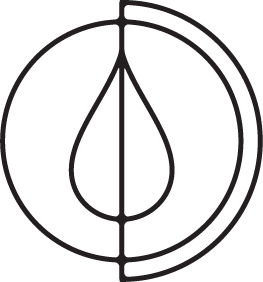
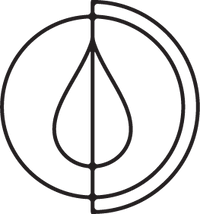
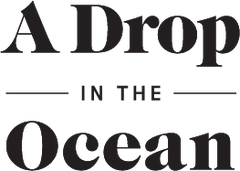
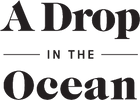

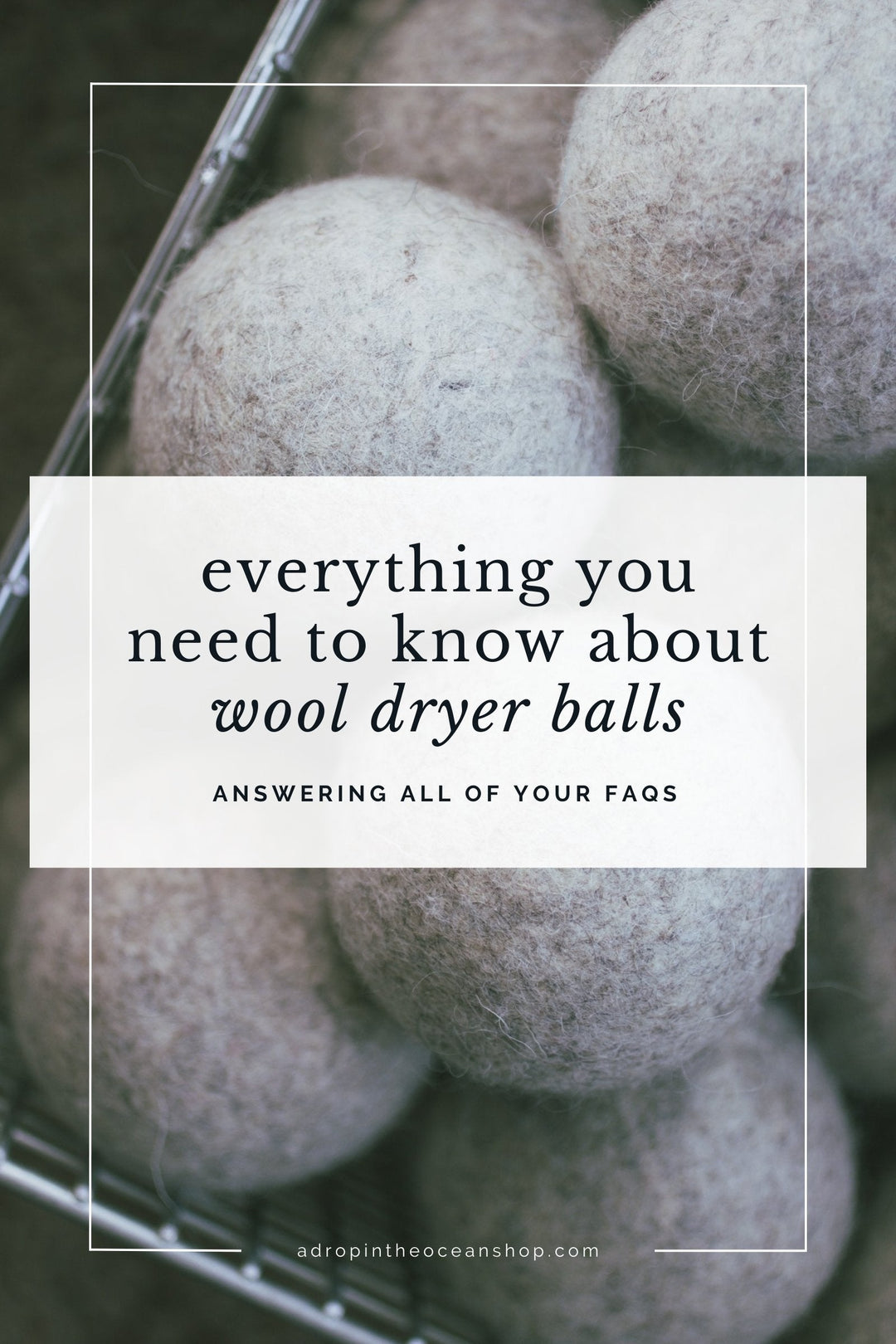
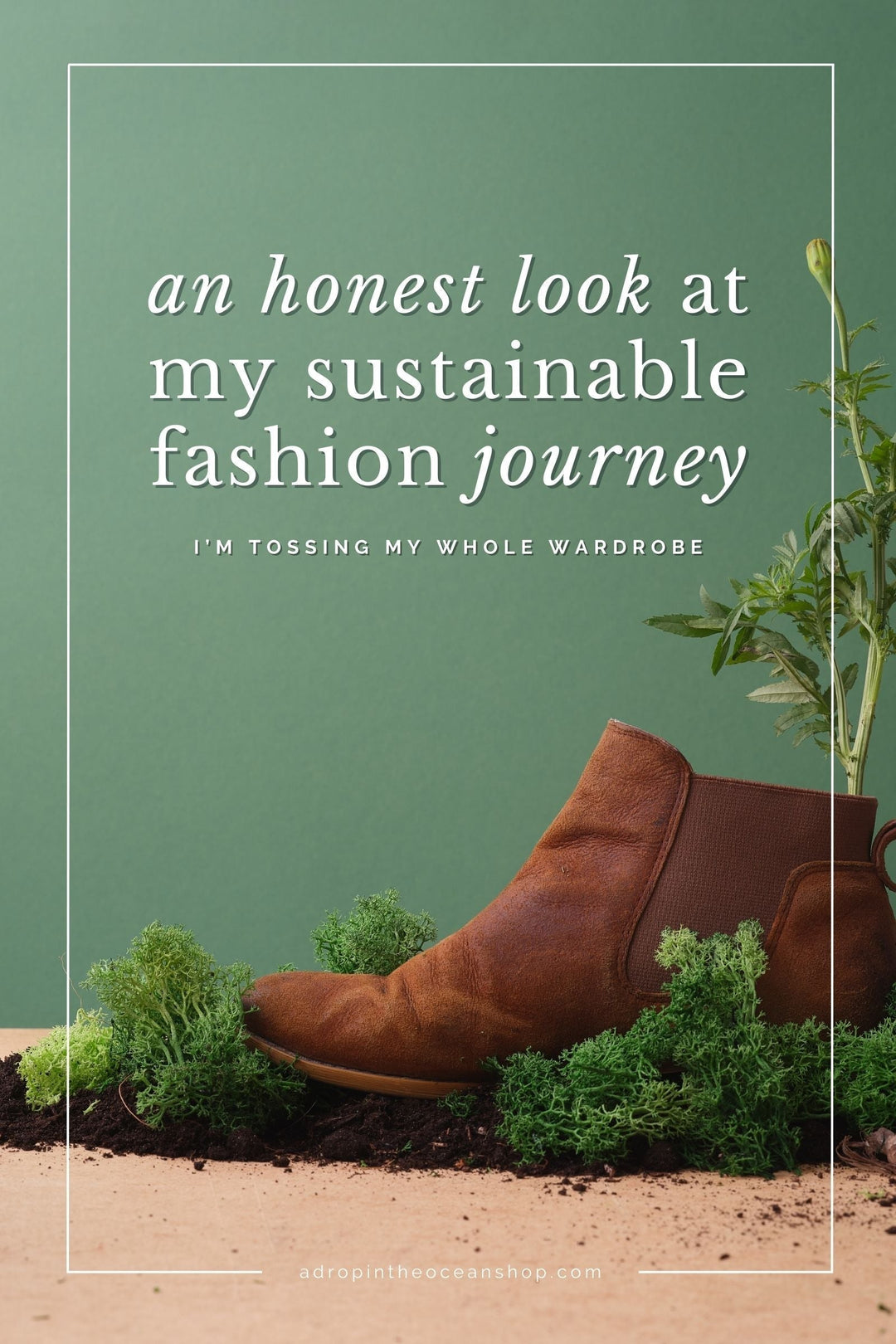
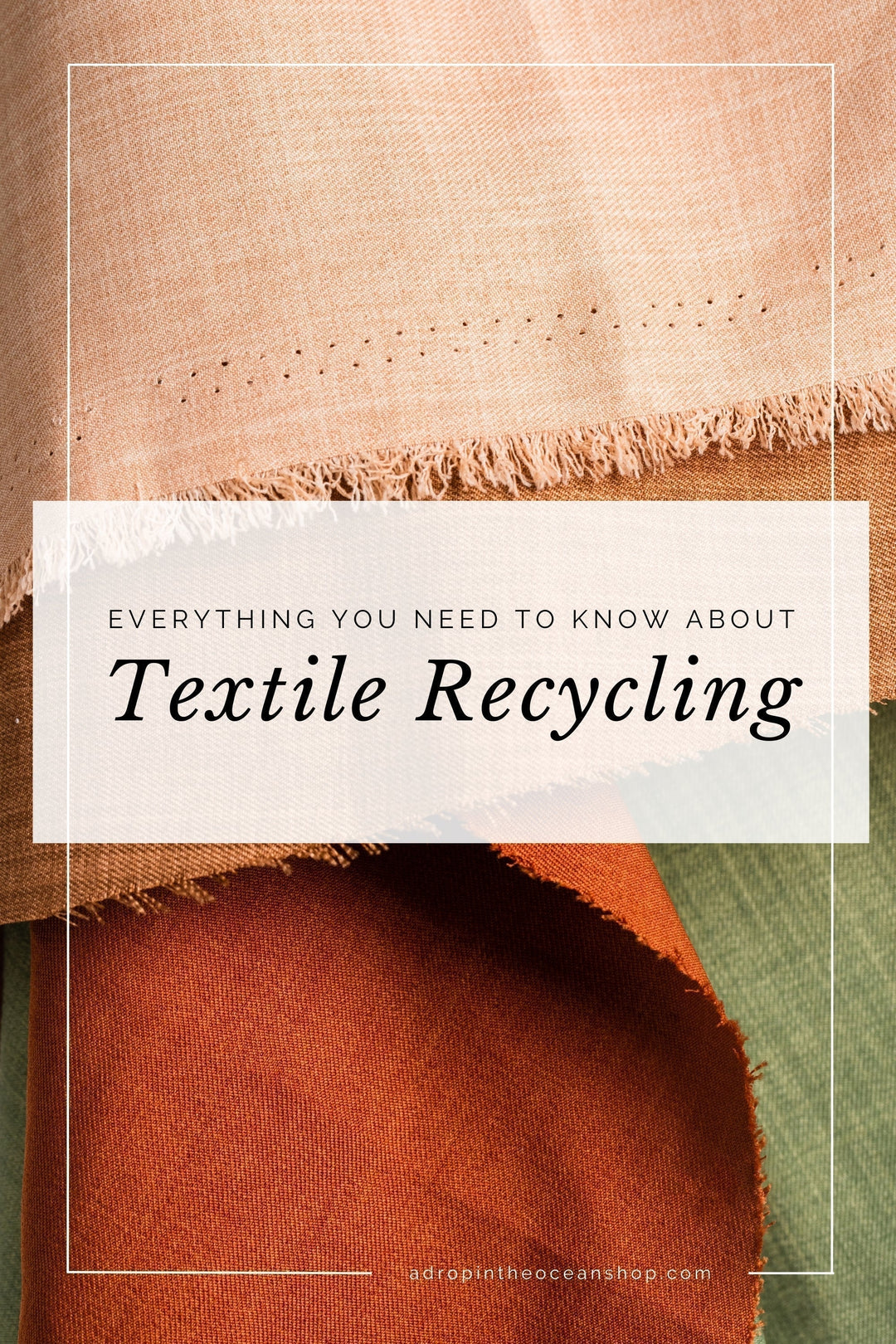
Leave a comment